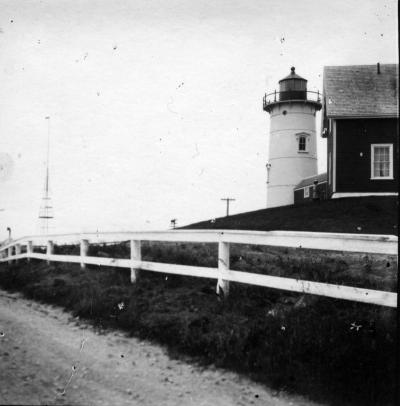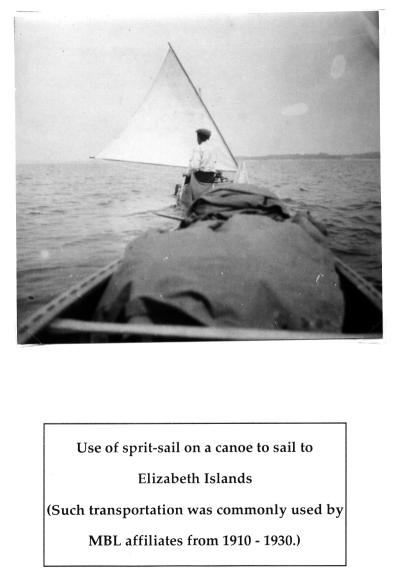Filtering by
- Creators: Marine Biological Laboratory Archives


This research examines the similarities and differences between relationships developed through interpersonal interactions within online fandom communities and those relationships developed through traditional in-person interactions such as those found within education or the workplace. Beyond the similarities and differences between the two forms of relationships, I discover phenomenologically what happens in the moment that two online friends meet in-person. To be precise, I analyze how individuals within fandoms categorize their relationships in terms of their willingness to confide in each other, their perceived honesty of themselves, and their mental image of one another and how it may have changed over the course of their relationship. We might expect that individuals maintaining a relationship through interactions within online fandom may maintain idealized images of their respective partners due to the aspect of self-censorship that is derived from asynchronous communication. Additionally, we might expect that while trust may be built upon this exaggerated image of one’s partner, a disruption in this image formed through an in-person interaction could potentially result in said trust crumbling. Using a qualitative analysis of three individuals participating within various fandom communities. Thus, we predict that individuals within online relationships take steps to build an idealized version of oneself that might not fully reflect an individual’s actual physical or mental character.







